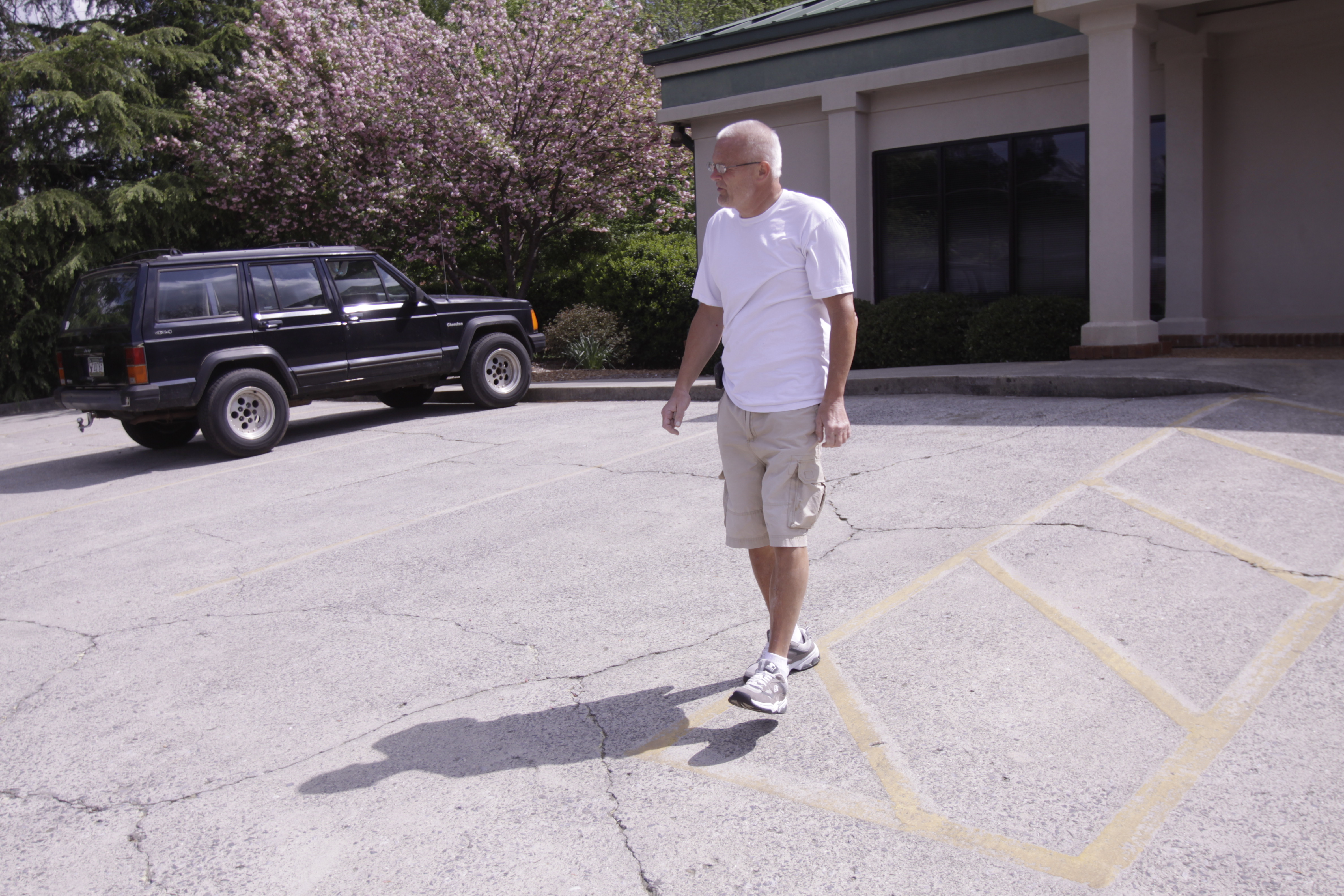Whatever happened to Bobby Rice, of 'Dalton foot' fame? Died at 51
Sunday, August 18, 2013
READ MORE
Dalton doctor uses stem cells to save man's foot from flesh-eating virus
Two years ago, when Bobby Rice was battling flesh-eating bacteria and a 103-degree fever, he saw a vision of his mother standing before him.
His time hadn't come yet, she told him. And he listened.
Not only did Rice battle back from the disease, but he made medical history when Dalton, Ga., podiatrist Dr. Spence Misner used $100,000 worth of donated placental stem cells to help regrow the flesh in Rice's bacteria-ravaged foot.
Rice, who was supposed to be an amputee, soon was walking again.
But on Aug. 8, Bobby Rice's time came. He died at age 51.
The Hamilton County medical examiner has not yet released an official cause of death, but Misner said the examiner's office told him they believe it was a heart attack.
"I felt like I lost a friend," Misner said. "He was very gracious. He said, 'God has given me a second chance, and there's a reason.' ... He was a hardworking guy that nobody paid any attention to, and after [the procedure] they said, 'Hey, you're Bobby Rice!'"
In interviews with the Times Free Press earlier this year, Rice said he believed he survived in order to show the world that stem cell treatments were a good thing. Misner said Rice often told him the same.
Misner said he hopes to publish research about Rice's extraordinary procedure in a few months. Rice's story has prompted reaction from wound-care specialists across the country, and he hopes it will lead to more advanced treatments.
To add to the research and legacy, Misner has requested tissue samples from the section of Rice's treated foot to see how the stem cells have incorporated themselves.
He wishes he'd had more time to see Rice healing, but he doesn't feel the treatment was a waste.
"We were able to see him go from a person who was on death's door to walking around," he said. "I'm glad that we were able to help out, even if it was just a short time -- because I think it made the last year of his life more meaningful."
This update was written by staff writer Kate Harrison. Contact her at kharrison@timesfree press.com or 423-757-6673.
To suggest a topic for Whatever happened to, email news@timesfreepress.com.


